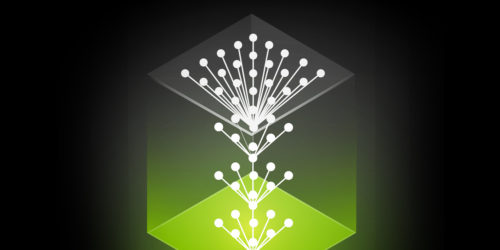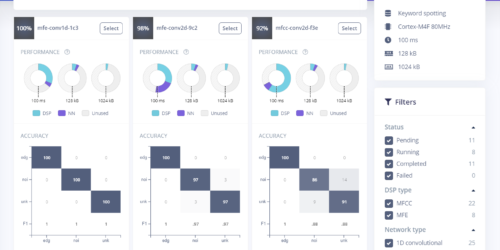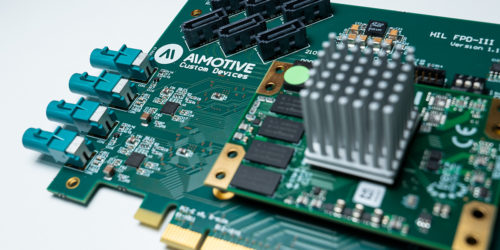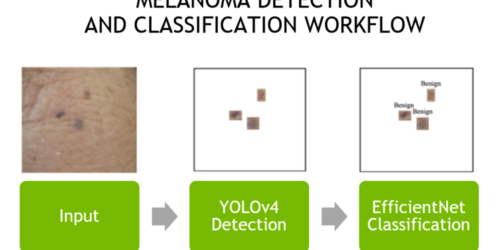Audio Classification with PyTorch’s Ecosystem Tools
This blog post was originally published at ClearML’s website. It is reprinted here with the permission of ClearML. Audio classification with torchaudio and ClearML Audio signals are all around us. As such, there is an increasing interest in audio classification for various scenarios, from fire alarm detection for hearing impaired people, through engine sound analysis […]
Audio Classification with PyTorch’s Ecosystem Tools Read More +











